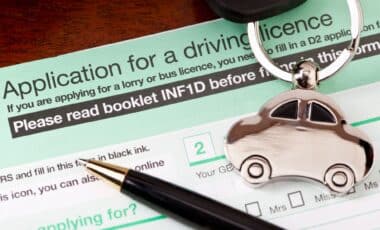A major shake-up to the UK driving test begins this week, as the DVSA launches a trial designed to expose learners to rural road conditions.
The changes, active across 20 test centres, aim to reduce the disproportionate number of serious accidents involving young drivers on country roads.
Young motorists account for nearly half of casualties in collisions on rural roads, prompting concerns about how well driving tests simulate real-world conditions.
The trial is not a permanent reform but a three-month pilot project that could influence future test standards nationwide.
Rural road collisions prompt test overhaul
The Driver and Vehicle Standards Agency (DVSA) rolled out the initiative on 6 May at 20 test centres across England, Wales and Scotland. It comes in response to figures indicating that 48% of casualties in crashes involving young drivers occur on rural roads, compared with 42% for other age groups, according to the DVSA.
These roads are often high-speed and less forgiving of driver inexperience, lacking features such as lighting or consistent signage. The DVSA’s goal is to better equip learners for these challenging environments by increasing the amount of rural road exposure during the practical test.
Without altering the test’s duration or required knowledge, three changes have been introduced: the number of planned stops has been reduced from four to three, emergency stops will occur in one in seven tests (previously one in three), and the independent driving portion using sat nav may now extend to cover the entire test period.
Centres taking part include Oxford, Cardiff, Middlesbrough, Maidstone, and Nottingham (Chilwell), among others. Up to four examiners at each location will implement the new structure, which is set to run until August 2025.
Real-world testing without changing requirements
Although the format of some routes will be different, the DVSA has made it clear that test content remains unchanged. Learners are not required to study new material or prepare differently. According to the DVSA, the aim is to enhance realism in testing rather than raise the level of difficulty.
The changes are also a response to improvements in car safety technology. Since Anti-lock Braking Systems (ABS) became mandatory in 2004, the need for frequent emergency stop assessments has diminished. The reduced stop count in the new trial reflects this trend, freeing time for more high-speed driving practice.
Transport Secretary Heidi Alexander commented that the government is not considering a Graduated Driving Licence, which would impose restrictions on new drivers. Instead, this rural-road focused initiative is part of broader efforts to address the higher risk young drivers face, particularly outside urban areas.
Upon completion of the pilot, the DVSA will assess the impact and share its findings with industry stakeholders, potentially shaping future test standards.









